Bunions are a bony bump that forms at the base of the big toe, causing the toe to deviate towards the other toes. The condition is medically known as hallux valgus and typically develops gradually over time. Along with the visible bump, individuals may also experience swelling, redness, and pain in the affected area.
There are various causes of bunions, which we’ll explore in more detail later in this article. Some common factors include genetics, wearing tight shoes, and foot injuries. If you’re experiencing symptoms of bunions, it’s important to seek medical advice from a qualified professional who can recommend appropriate treatment options, depending on the severity of your condition.
Surgical and non-surgical treatments are available, including bunionectomy, bunion surgery, bunion splints, cushions, and shoes. We’ll discuss each of these treatments in more detail later in the article and provide useful tips to help prevent bunions from developing in the first place.
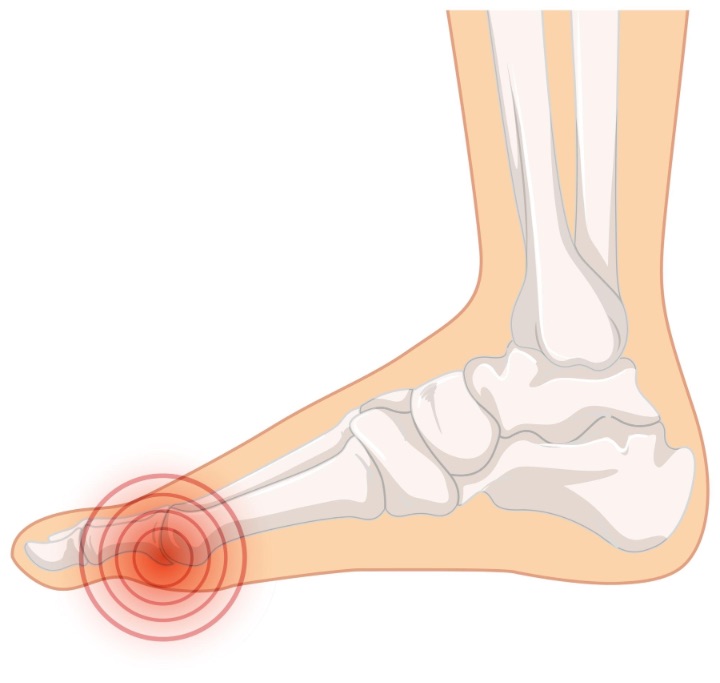
Photo Credit: brgfx
A bunion is a bony bump that forms at the base of the big toe joint. It often causes the big toe to turn inwards towards the second toe. Bunions are a type of foot deformity, also known as hallux valgus.
Common signs and symptoms of bunions include:
So, how do bunions form?
Bunions are often caused by an inherited structural defect in the foot, resulting in abnormal foot mechanics. This can cause the big toe joint to become unstable, leading to the development of a bunion.
Other contributing factors include:
Non-surgical treatment options for bunions include:
Surgical intervention may be necessary if non-surgical treatment options do not bring relief. This can include bunionectomy or bunion surgery.
While there isn’t a single cause of bunions, several factors can increase your risk of developing this condition. Genetics play a role in many cases, as foot shape and structure can be inherited. Additionally, wearing tight, narrow or high-heeled shoes can force the toes into an unnatural position, leading to bunion formation over time.
Foot injuries or conditions such as arthritis may also contribute to the development of bunions. Certain medical conditions like flat feet or low arches can also increase your risk of developing bunions. Being overweight or obese can place added pressure on your feet, potentially leading to bunions.
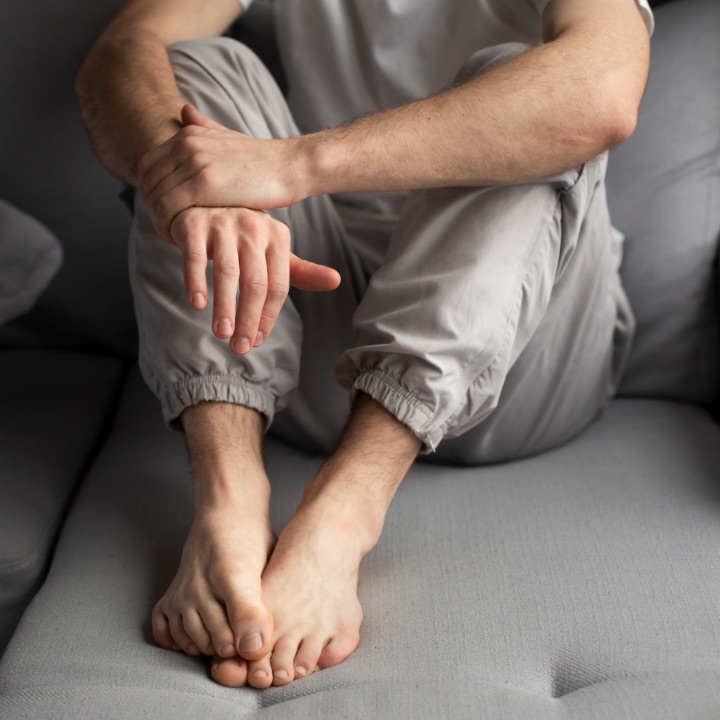
Photo Credit: Freepik
To prevent bunions, wearing comfortable, well-fitting shoes with a wide toe box that allows for natural movement of the toes is important. Avoiding high heels or shoes that force the toes into an unnatural position is also recommended. Proper foot care and exercises to strengthen the toes can also help prevent bunions from forming.
If you are experiencing bunions symptoms, seeking medical advice to prevent further pain and discomfort is important. Your doctor may recommend a combination of non-surgical treatments or surgery depending on the severity of your case.
If your bunion is causing you discomfort, several non-surgical treatment options may provide relief. While these methods won’t correct the deformity, they can help alleviate pain and prevent further damage.
Stretching and strengthening exercises for your feet can help improve flexibility and reduce pain caused by bunions. One simple exercise is to roll a tennis ball or bottle under your foot, applying gentle pressure as you go.
Wearing shoes that fit properly and have a wider toe box can help reduce pressure and pain on your bunion. Look for shoes with good arch support and cushioning to provide extra comfort.
Gently massaging your bunion can help increase blood flow and reduce inflammation. Be sure to use a gentle touch and avoid pressing too hard on the affected area.
Using bunion pads or cushions can help protect your bunion from pressure and friction. These products can be worn inside your shoes and come in a variety of shapes and sizes to fit your specific needs.
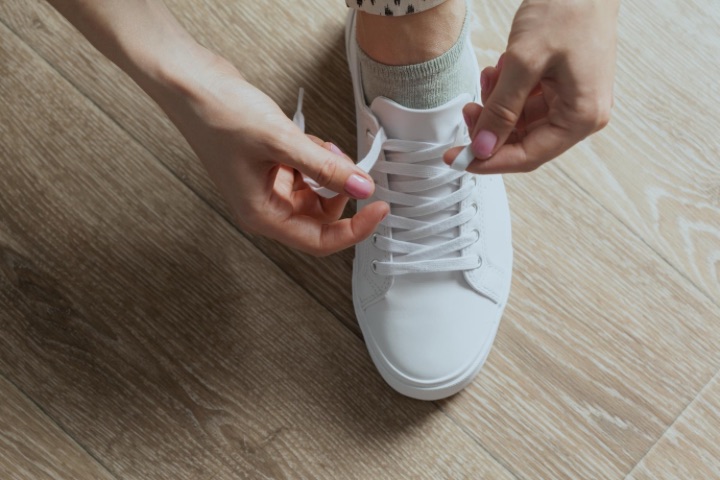
Photo Credit: fabrikasimf
While non-surgical options can provide relief, they should be used in conjunction with the advice of a medical professional. In some cases, surgical intervention may be necessary to correct the deformity and alleviate pain.
Surgical intervention may be necessary if non-surgical treatment options do not alleviate bunion pain. The two main surgical procedures for bunions are bunionectomy and bunion surgery.
Bunionectomy involves removing the bony bump and realigning the affected joint. This procedure is typically performed on an outpatient basis under local anesthesia.
After the procedure, patients must wear a cast or boot for several weeks. Full recovery from bunionectomy can take up to six months, and some patients may experience limited mobility during the healing process.
Bunion surgery involves realigning the affected joint by cutting and repositioning the bones. This procedure is typically performed under general anesthesia, and patients may need to stay in the hospital overnight or for a few days.
Recovery from bunion surgery can take several months, and patients may need to wear a cast or boot for several weeks. Complications from bunion surgery are rare but can include infection, nerve damage, and blood clots.
It is important to discuss the potential risks and benefits of surgical intervention with a qualified healthcare professional before deciding.
A bunionette, also known as a tailor’s bunion, is a bony bump that forms on the outside of the foot, at the base of the fifth toe. It is similar to a bunion but appears on the opposite side of the foot. The bony bump can cause pain, swelling, and redness, and can make it difficult to wear shoes comfortably.
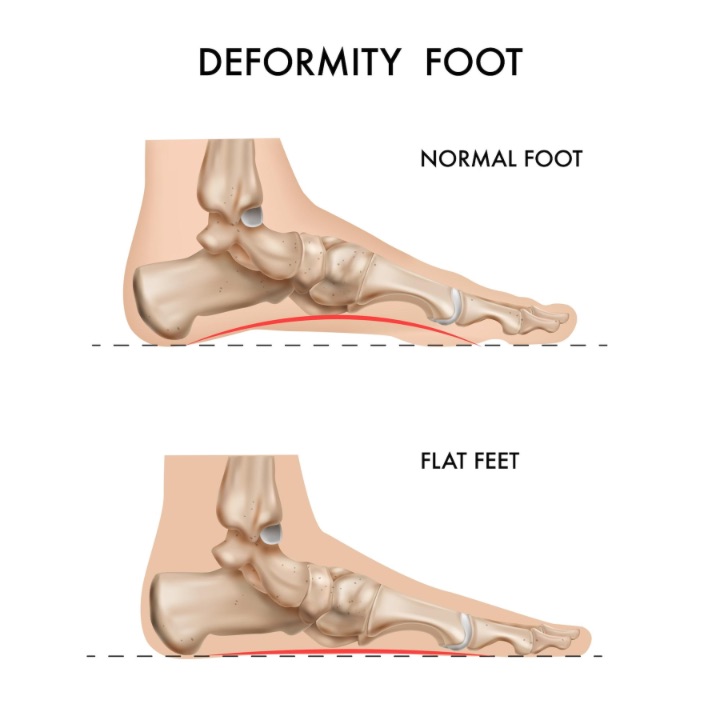
Photo Credit: macrovector
In some cases, bunionettes can be caused by genetics, but they may also be the result of wearing tight or ill-fitting shoes. People with flat feet or other foot deformities may be more susceptible to developing bunionettes.
If you suspect that you have a bunionette, it is best to consult a podiatrist. They can examine your foot, diagnose the condition, and recommend an appropriate treatment plan.
If caught early, bunionettes can often be treated with simple measures such as wearing properly fitting shoes, using orthotic inserts, and performing certain exercises to improve foot strength and flexibility.
In more severe cases, surgery may be necessary to correct the bunionette deformity. Bunionette surgery is typically performed on an outpatient basis, meaning that you can go home the same day. Recovery time for bunionette surgery can vary depending on the extent of the procedure, but most people can return to normal activities within a few weeks. Your podiatrist can provide more information about what to expect during recovery.
Whether you have a bunion or bunionette, taking care of your feet is crucial for maintaining overall health and wellness. If you are experiencing foot pain or discomfort, don’t hesitate to seek medical advice and explore your treatment options.
Similar to bunions, bunionettes are caused by a variety of factors. Genetics play a significant role in the development of bunionettes, as well as wearing ill-fitting shoes or high heels that put unnecessary pressure on the outer edge of the foot.
Sometimes, biomechanical issues such as flat feet or uneven weight distribution on the feet can also contribute to the development of bunionettes. If left untreated, bunionettes can cause significant discomfort and even deformity in the affected foot.
Fortunately, there are several steps you can take to prevent the development of bunionettes. Firstly, wearing shoes that fit properly and provide adequate support is important. Choosing shoes with a wide toe box can also help prevent the development of bunionettes.
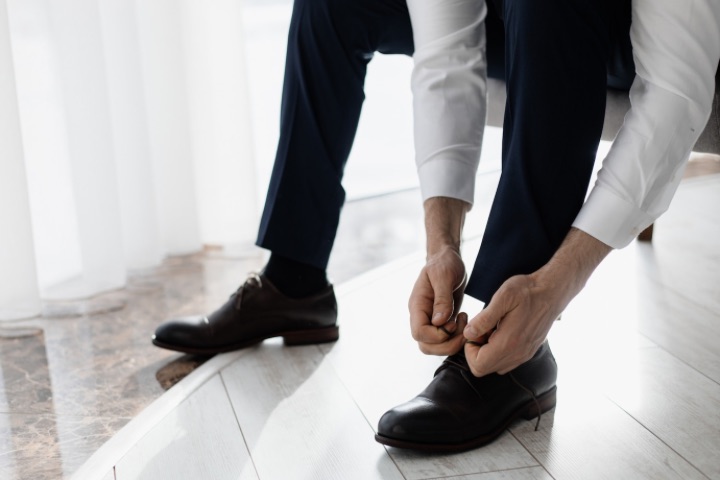
Photo Credit: freepic.diller
Orthotics such as bunionette pads or splints can also be used to alleviate pressure on the affected area and prevent the worsening of bunionettes. Additionally, performing strengthening exercises for the feet and wearing proper footwear during physic al activity can help reduce the risk of developing bunionettes.
If you are experiencing pain or discomfort in the outer edge of your foot, consulting with a medical professional is important. In some cases, more severe bunionettes may require surgical intervention or physical therapy to alleviate pain and correct the deformity.
Overall, taking preventative measures and seeking medical attention when necessary can help ensure the health and comfort of your feet, allowing you to continue to move through life with ease and comfort.
If non-surgical treatments such as padding, footwear or physical therapy do not provide relief, surgery may be necessary for more severe cases of bunionettes.
The surgical procedure for a bunionette, similar to a bunion, involves the removal of the bony protrusion and realignment of the toe joint. This procedure can be performed on an outpatient basis and usually only requires local anaesthesia. The recovery period usually takes several weeks, during which time patients are advised to avoid weight-bearing activities and wear supportive shoes.
As with any surgical procedure, there are potential risks and complications, including infection, nerve damage, and poor wound healing. Patients should discuss these risks with their doctor before undergoing surgery.
After surgery, physical therapy may be necessary to help strengthen the foot and toe muscles and improve flexibility and range of motion.
Relief products such as bunionette splints or orthopedic footwear may also be helpful during recovery, as they provide additional support and alleviate discomfort.
Overall, it’s important to prioritise the health of your feet to avoid discomfort and pain caused by bunions and bunionettes. Keeping your feet healthy means taking preventative measures such as wearing appropriate footwear, maintaining good posture, and engaging in regular exercise that strengthens your feet and legs.
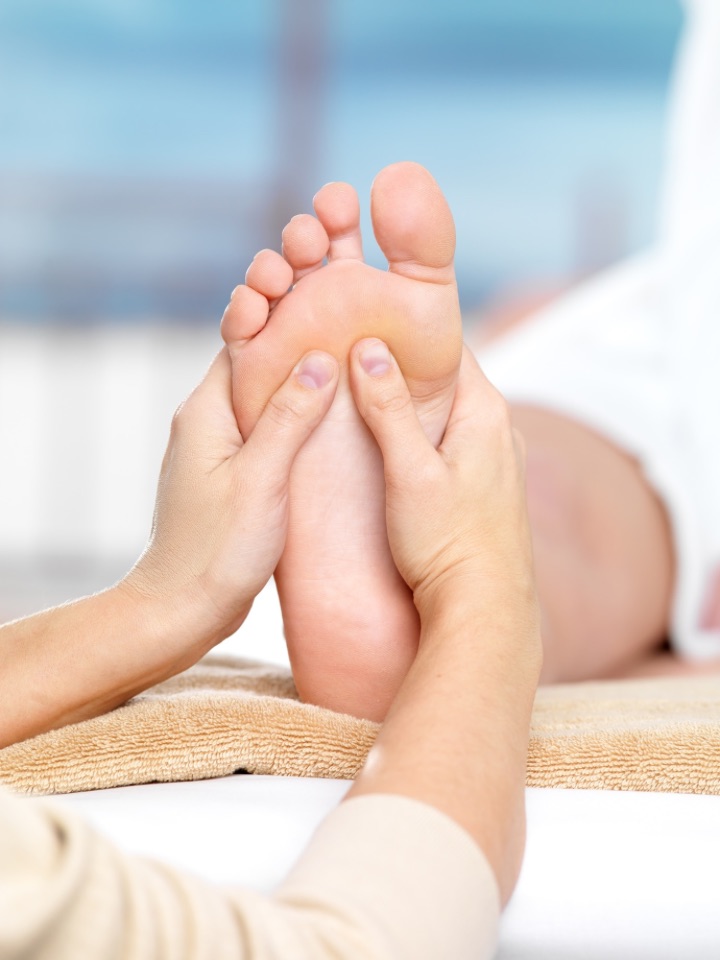
Photo Credit: valuavitaly
If you are experiencing bunions or bunionettes, seeking medical advice as soon as possible is important. There are a range of non-surgical treatment options available that can help alleviate pain and discomfort, such as bunion splints and cushions, proper footwear, and exercises.
However, in more severe cases, surgical intervention may be necessary. Procedures such as bunionectomy or bunion surgery can effectively correct the condition, but it’s important to be aware of the potential risks and complications associated with these procedures.
Maintaining good foot health is key to long-term relief and preventing further foot issues regardless of your treatment path. Don’t hesitate to discuss your concerns with a medical professional and take steps to care for your feet regularly.
The main cause of bunions is often attributed to wearing ill-fitting shoes, especially those with narrow toe boxes, which puts pressure on the big toe joint.
To get rid of bunions, conservative measures may include wearing comfortable shoes, using bunion pads, orthotics, or pain relievers. Severe cases may require surgical intervention.
Bunions typically do not go away on their own. They are progressive and may worsen over time if not addressed properly.
While bunions have no natural cure, certain measures like foot exercises, toe spacers, and ice application may help alleviate discomfort. However, these methods may not correct the bunion’s underlying structural issue. Consult a healthcare professional for personalised advice.